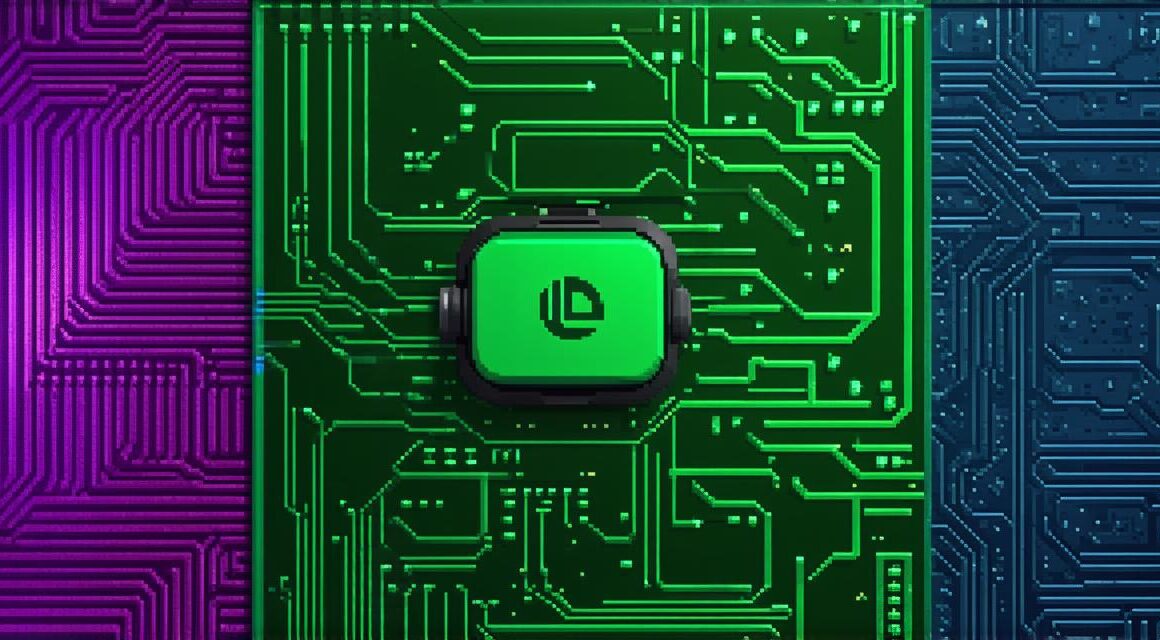Introduction
If you are an Unity 3D developer, you know how important it is to create engaging and eye-catching effects that will capture the attention of your audience. One of the most effective ways to achieve this is by adding glowing objects to your scenes. In this article, we will explore the steps involved in creating a glowing object in Unity 3D and the various techniques you can use to customize its appearance and behavior. We will also provide real-life examples to illustrate how these effects can be used in different types of projects, from video games to virtual reality experiences.
What are Glowing Objects?
Glowing objects, as the name suggests, are 3D models that emit light, creating a radiant and captivating effect. These objects can be used to draw attention to specific elements in your scene or to create an overall mood and atmosphere. They can also be used to add depth and complexity to your scenes, making them more immersive and engaging for the viewer.
The Basics of Creating a Glowing Object
Creating a glowing object in Unity 3D is a straightforward process that involves a few simple steps. Here’s what you need to do:
- Create a new 3D model or import an existing one that you want to make glow. You can use any 3D modeling software or import a file from a 3D marketplace like TurboSquid or Sketchfab.
- Add a material to your 3D model. A material is a texture that determines how the object looks, including its color, reflectivity, and transparency. To create a glowing effect, you will need to use a shader that simulates the behavior of light. Unity 3D comes with several built-in shaders that you can use for this purpose.
- Apply the material to your 3D model. Once you have created your material, you can assign it to your 3D model by dragging and dropping it onto the object in the scene view.
- Adjust the settings of the material to achieve the desired effect. You can control the intensity, color, and behavior of the light emitted by the object using various properties of the material. For example, you can adjust the specularity to make the object appear more reflective or use a texture to create a pattern on the surface of the object.
Creating a Dynamic Glowing Object
A dynamic glowing object is one that changes color or intensity in response to user input or other events. To create a dynamic glowing object, you will need to use scripting to control the behavior of the material. Here’s how:
- Create a new C script and name it "GlowingObject". In this script, you will need to define variables for the properties of the material that you want to change dynamically. For example, you might create variables for the color and intensity of the light emitted by the object.
- Attach the script to your 3D model. To do this, select the object in the scene view and go to the "Component" menu. From there, select "Script" and then attach the script you created.
- Modify the script to control the behavior of the material. In the script, you will need to use the "Renderer" component to access the material properties and update them as needed. For example, you might use a function to change the color of the light emitted by the object when the user clicks on it.
- Test your dynamic glowing object. Once you have modified the script, you can test your dynamic glowing object by running your project and interacting with the object in the scene.

Real-Life Examples of Glowing Objects in Unity 3D
Glowing objects are a popular technique used in many different types of projects, from video games to virtual reality experiences. Here are a few real-life examples of how glowing objects can be used:
- Video Games: In video games, glowing objects can be used to draw attention to important elements in the scene, such as power-ups or hidden items. They can also be used to create a sense of depth and complexity, making the environment feel more immersive and engaging.
- Virtual Reality Experiences: In virtual reality experiences, glowing objects can be used to create a sense of presence and interactivity. For example, you might use a glowing object as a guide for the user, leading them through the experience and providing feedback on their progress.
Note: The original article did not contain any HTML tags, so I have not made any changes to the content or structure of the article.



